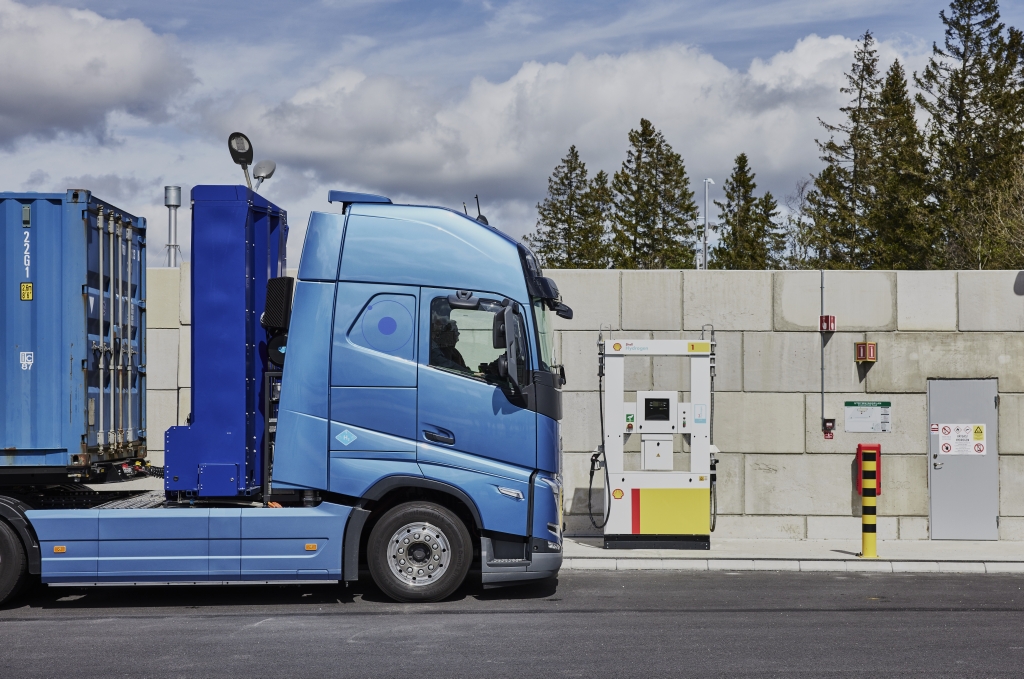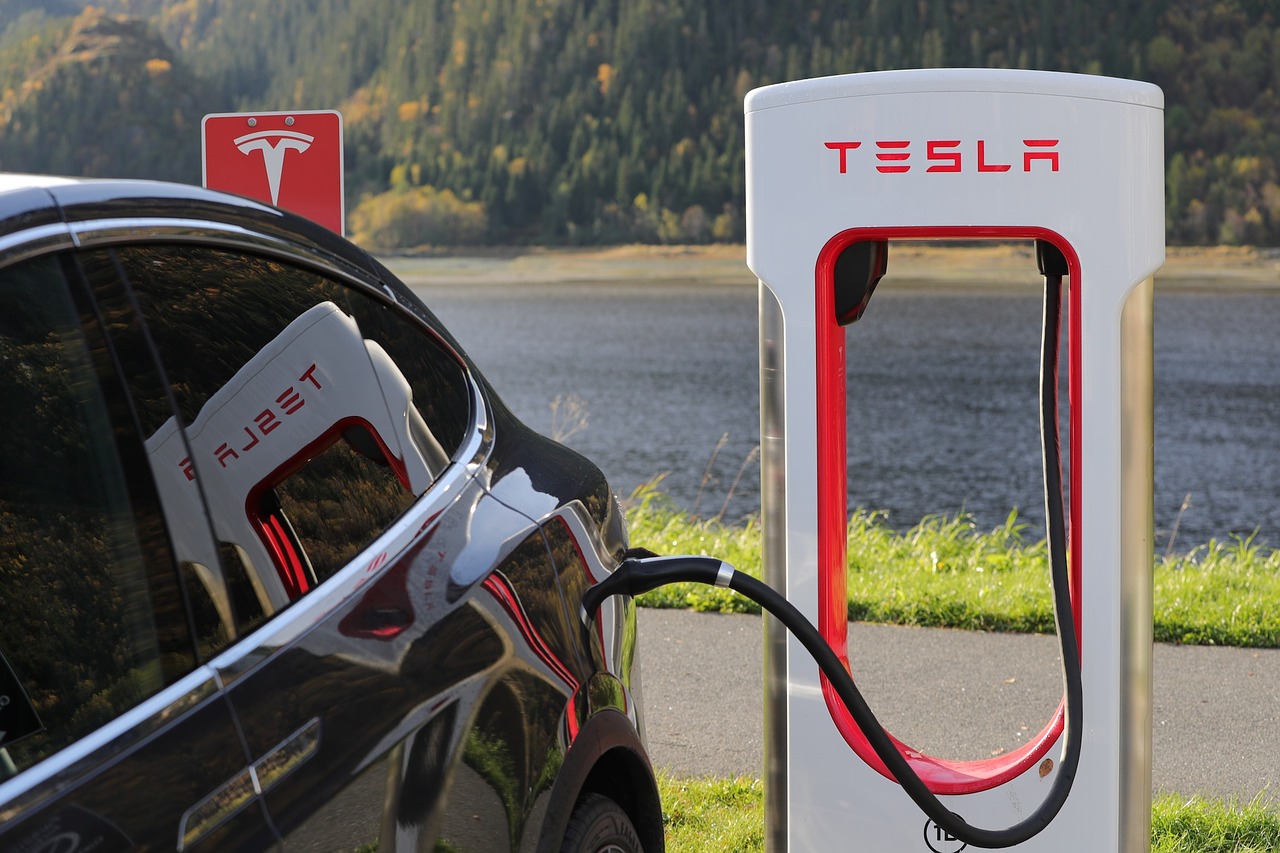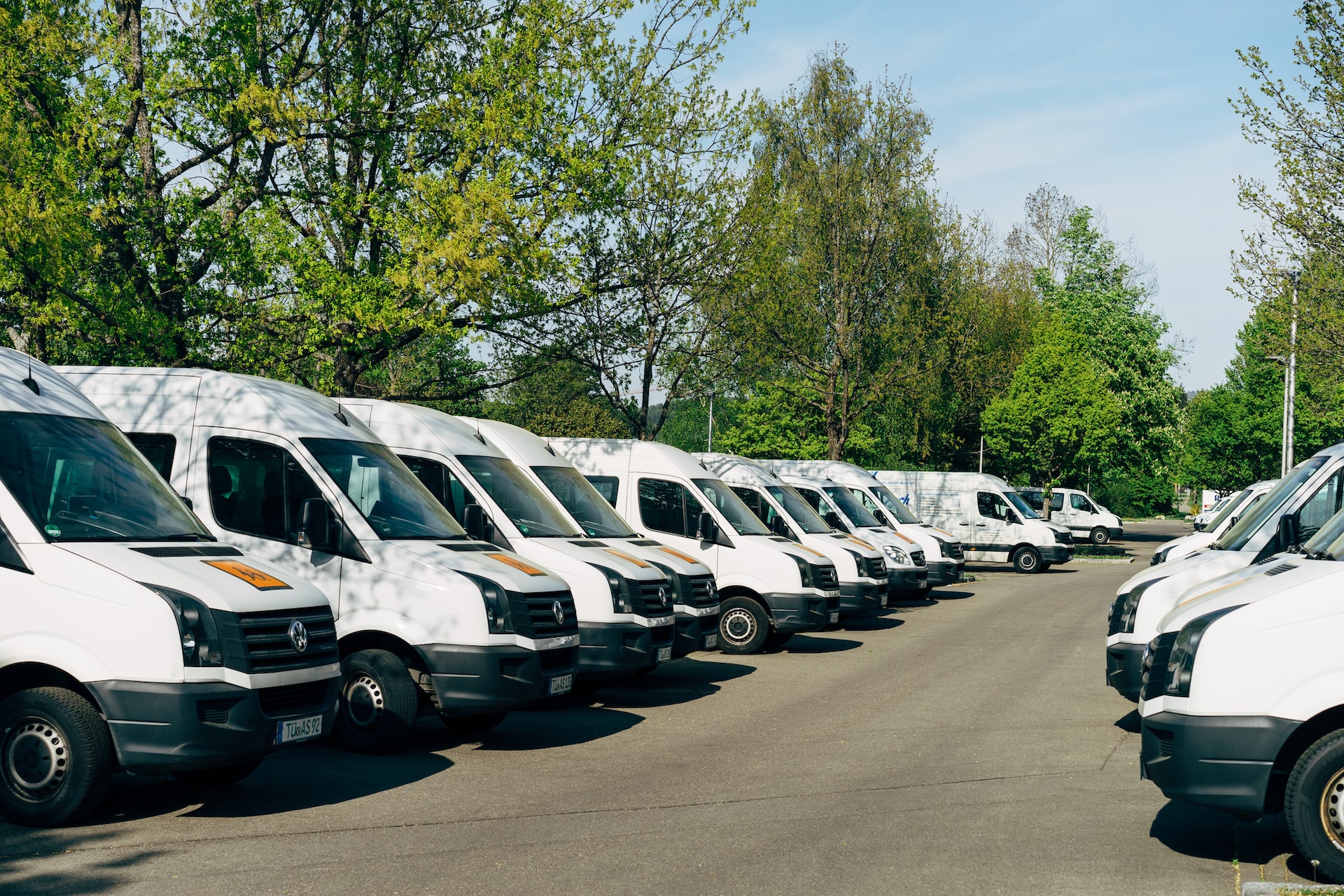The Internet of Things (IoT) has long been the purview of industrial manufacturers. But today the IoT is more and more about the Consumer Internet of Things and how people interact with the technology in their lives. Technology is beginning to allow consumers to take more control of their lives and help improve efficiency in managing personal resources and time.
Thinking Things Proliferating
Home refrigerators in the 1990’s consumed between 120 to 300 kWh per month while today’s range is just 31 to 64 kWh, testimony to the success of the US government’s Energy Star program which transformed electronics, lighting, appliances, office equipment, heating and cooling systems and transformer technology.
Just as the Energy Star system transformed technology in the 1990’s, the IoT will do the same, only on a larger scale, as products become more interactive, connecting to each other, the internet and social networks. A slew of new technologies is enabling a build out of the IoT and a huge new consumer market estimated at $2.5 trillion by 2020.
The following image shows the reach of Machine to Machine (M2M) smart services and how they will impact both industrial and consumer markets.
The Rise Of Consumer Internet of Things (IoT) & Smart Homes
Last year Life’s Good (LG) introduced the world’s first tweeting refrigerator which sent out a tweet each time its door was opened with a picture of a celebrity, hired by LG, who had opened it. The tweeting refrigerator was part of a marketing campaign to introduce the world to LG’s new line of “door-in-door” technology and was setup using a sensor, arduino and a computer.
Meanwhile, a number of manufactures, including GE and Samsung have begun integrating IoT like technology into their consumer products, including refrigerators.
New Platforms Pushing IoT Technology
New platforms, for example, deviceWISE Cloud are being developed to allow consumers to build personal IoTs or “connected home hub”, integrating a wide range of personal devices under one software interface. There are a number of similar emerging standards embraced by industry leaders changing the way companies operate and interact with customers.
Google, for example, entered the Consumer IoT last year when it purchased Nest Labs for $3.2 billion. This is pushing the market higher as demand for chips, sensors and communication software skyrocket.
Related IndustryTap articles:
- Step Right Up! Next Week’s Industrial Automation Electronics Conference to Focus on Issues and Opportunities in $75 Billion Market
- Mathematically-Based High-Speed Internet Clocks 10X Faster
- Can Your Job Be Done By Robots? This Data Is Scary BUT Intriguing!
- The Ten Fastest Growing Markets & Technologies Worldwide (Slide Show)
- Mega Trends May 2013, Super Storms, Artificial Retinas, Laser Guided Digging And More…
- Creating More Efficient Networks to Handle Cloud Data
References and related links:






